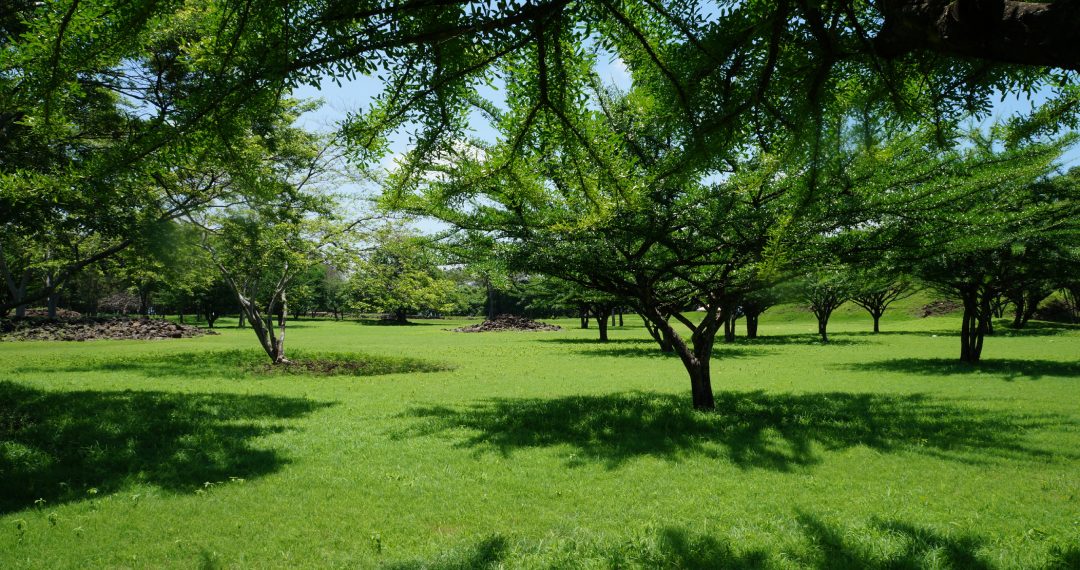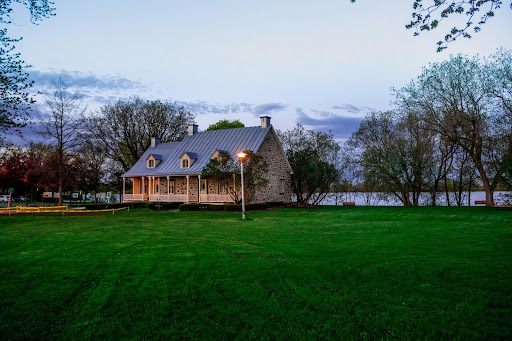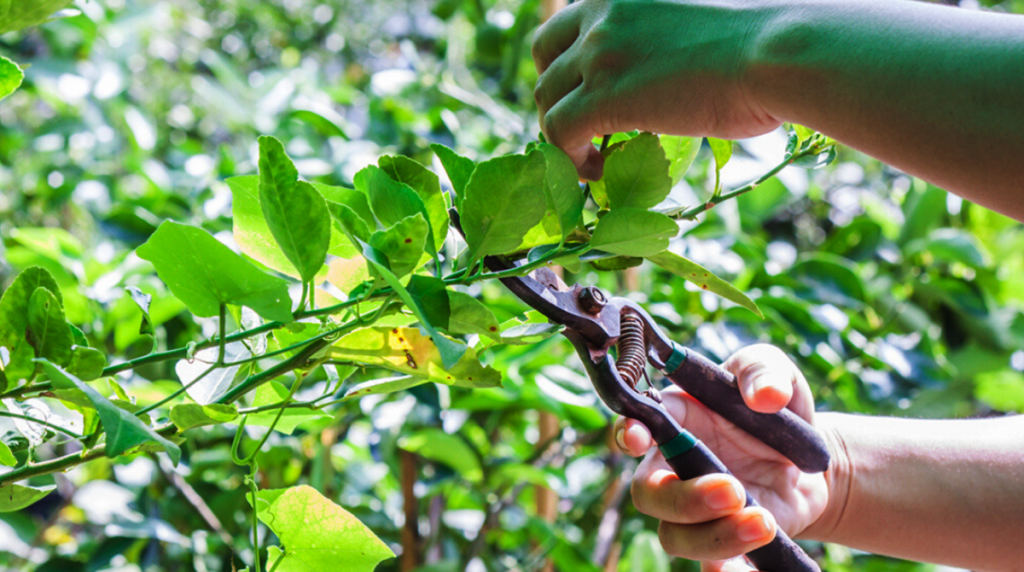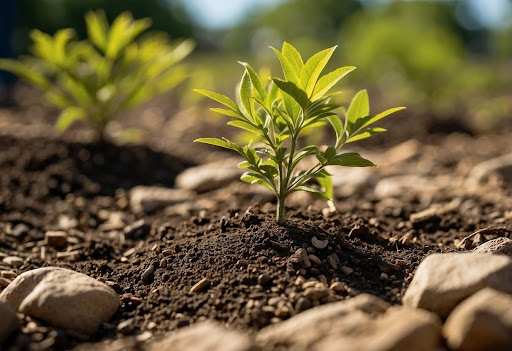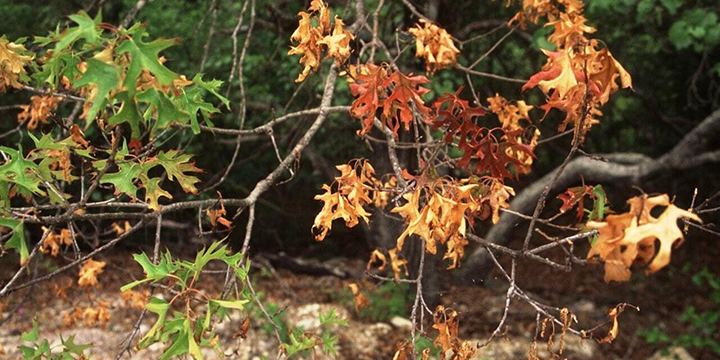
Date July 09, 2020
Category
Oak wilt is one of the deadliest tree diseases in the United States. However, it has had a noticeable impact in the North Texas region, even at epidemic rates. Property owners and municipalities that have or are growing Oak trees must understand the characteristics of Texas Oak wilt before it’s too late.
Oak wilt, in particular, kills thousands of trees in a single season. If a tree becomes infected by oak wilt, it will usually die. This is because many people do not openly recognize the symptoms of oak wilt until fatal damage is done.
Though, there is a treatment option available for most cases. Here are six steps to treat Texas Oak wilt.
Step #1: Discover the Problem
Making an accurate diagnosis is critical for treating Texas oak wilt. The most common symptoms of oak wilt are:
- Discoloration of leaves
- Curled or wilted leaves
- Complete wilt that oddly happens before mid-summer
- Dead crowns on the upper tree
- Suckering near the base of the tree
If you are noticing any of the above symptoms, you should act immediately before it’s too late. Here is the next step of treating your trees of the Texas Oak Wilt disease.
Step #2: Produce a Buffer Zone
Oak wilt fungus spread throughout the roots. This is where most of the damage and tree loss is done. Root spread can be decreased by producing a buffer zone between healthy trees and the Oak Wilt center.
Ideally, you should dig a trench at least 100 feet from an infected tree. You can use a rock saw, backhoe, or a commercial ditching machine, to dig a trench at least 48 inches deep.
This will prevent the roots of the infected tree from connecting to other trees in the vicinity and causing widespread damage.
Step #3: Sanitation
Remove diseased or dead trees in the Oak Wilt center if you are not going to include them in the treatment process. You can do so using a systemic fungicide. Infected trees should be burned immediately in their place, especially if they are a Shumard, Spanish, water, and blackjack oaks.
These species of oak trees develop fungal mats that form spores. These spores can spread to other trees and become a food source to insects that can also infect other trees.
Burning is one of the most effective ways to sanitize your property from the spread of Oak Wilt.
Step #4: Pruning
Sap is commonly visible on Oak trees and can attract insects. Involuntarily, these insects can be infected by fungal spores while feeding on the sap. Plant sap can be produced for a variety of reasons.
For this reason, you should avoid pruning your trees between February and June. This is when insects and fungi operate at peak performance. When it’s possible, prune your trees between December and February.
You can also prune your trees between July and October. Pruning when insects and fungi are inactive is an effective way to minimize the risks of infection.
Step #5: Protecting Wounds
Pruning is essential to preserve the health of any tree. However, excessive or ill-timed pruning can be counterproductive and allow insects and fungi to cause infection. This means that pruning wounds must be protected.
During pruning season, wounds must be treated with special paint. All wounds greater than ½ inch must be painted. Trees located within three miles must have their wounds painted during common areas of insect and fungal inactivity.
Trees that are not within this mile radius do not have to be painted.
Step #6: Destroy Infected Areas
Sanitation is not the end all be all concerning the prevention of Texas Oak Wilt. You must take extra precautions in order to be certain that spread is not imminent. To do so, destroy all infected area diseased trees.
Eventually, infected branches will fall. This can create a breeding ground for fungi and beetles and contribute to the increased spread. You can place infected branches in the chipper, bury them, or burn them completely.
If a diseased tree falls on your property, contact a Certified Arborist to remove it before it becomes problematic. At TreeNewal, we specialize in quality and safe tree removal services.
You can count on our team of Certified Arborists to get the job done without destroying the rest of your property and putting other lives at risk.
Give Us a Call Today!
Do you want to learn more about how we can help you? If so, you can contact us at tel:(817) 592-6846 to speak to a member of our team.
To learn more about Treating Texas Oak Wilt, call our Argyle and Southlake based teams at tel:(817) 592-6846 or send us a message.
We’re a little different than the average tree services company.
Learn more about TreeNewal’s ISA Certified Arborists!
Our Dallas/Fort Worth-based tree doctors can explain how sustainable tree care services add more value to your bottom line.
Healthy trees, healthy lives.
